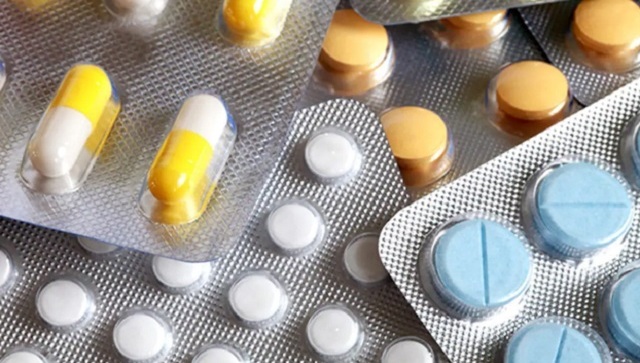For the first time in many years, prices of nearly 800 drugs and medical devices under the National List of Essential Medicines (NLEM) are set to increase by over 10 per cent, owing to a sharp rise in the Wholesale Price Index (WPI), government officials said. Annual hikes in the prices of drugs listed in the NELM, also called essential drugs and used in various government health programmes apart from retail sales, is based on the WPI. Wholesale inflation across the country rose to 12.96 per cent in January, according to the office of the economic adviser in the ministry of commerce and industry. WPI inflation, which was as low as 2.51 percent in January 2021, has remained in double digits since April 2021. Scheduled drugs Officials in the National Pharmaceutical Pricing Authority (NPPA) said that as WPI is used as the base to revise prices of scheduled drugs, the sharp rise is set to be reflected in the new prices that will be effective from 1 April, 2022. “There are internal discussions happening and the prices for NELM formulations could be allowed to rise by more than 10 per cent this year as WPI base has to be kept in mind,” said a senior NPPA official. NELM lists drugs used to treat common conditions such as fever, infection, heart disease, hypertension, skin diseases and anaemia, among others. It includes paracetamol and antibiotics such as azithromycin, used to treat bacterial infections, anti-anaemia prescriptions such as folic acid, vitamins and minerals. Some drugs used for treating moderately to severely sick COVID-19 patients, steroids like prednisolone, are also included. Of nearly 6,000 formulations available in the Indian market, nearly 17-18 per cent are scheduled drugs, which means that they are under price controls or for which the maximum retail price is fixed by the NPPA. For the last few years, several medical devices such as coronary stents and knee implants too, have been brought under the ambit of price controls. Every year, the prices of these medicines rise by 2-3 per cent and seldom exceed 4 per cent, industry insiders said. Problematic for people Chinu Srinivasan, who is associated with the All India Drug Action Network, a patient rights’ group, said that while the steep price increase this year may be logical, it could be problematic for people. “There have been instances in the past when WPI has risen sharply but has been rationalised for calculating drug prices as WPI calculation is dependent on price rise in a basket of goods that are not directly linked with the pharmaceutical industry,” he said. Srinivasan added that in the past, when WPI inflation was 4 per cent, for instance, the prices of scheduled drugs were not allowed to rise by as much. He hoped that this time too, a similar approach is taken by the drug pricing regulatory authority when fixing a ceiling for price revision for drugs under the NELM. The Indian Drug Manufacturers Association recently demanded that drug makers should be allowed to increase prices of all non-scheduled drugs by 20 per cent, arguing that the pharmaceutical industry is confronted by rising input costs. The demand was focused on non-scheduled drugs because while scheduled drugs come under price controls, drugs in the non-scheduled category are allowed a maximum annual price increase of 10 per cent. This demand, however, is yet to be heeded by the government. In its representation to government authorities late last year, IDMA cited higher prices of starting materials and packaging and transportation costs. Read all the Latest News , Trending News , Cricket News , Bollywood News , India News and Entertainment News here. Follow us on Facebook, Twitter and Instagram.
It includes paracetamol and antibiotics such as azithromycin, used to treat bacterial infections, anti-anaemia prescriptions such as folic acid, vitamins and minerals
Advertisement
End of Article


)

)
)
)
)
)
)
)
)



